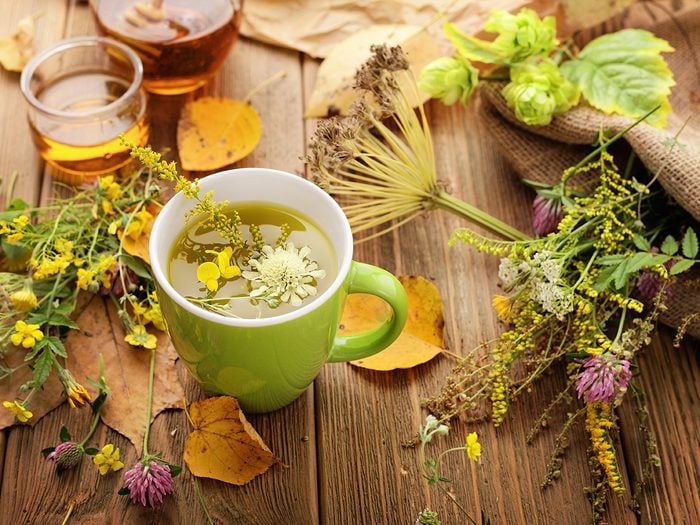
Old-time home remedies
Researchers have produced hundreds of studies in the past 10 years about the effectiveness of home remedies, but not all the old-time solutions really help. That’s why this list focuses on treatments with evidence to back them up. Remember that even natural cures can interact with medications. If you take pills regularly or have a chronic health condition, check with your doctor before trying these home remedies.
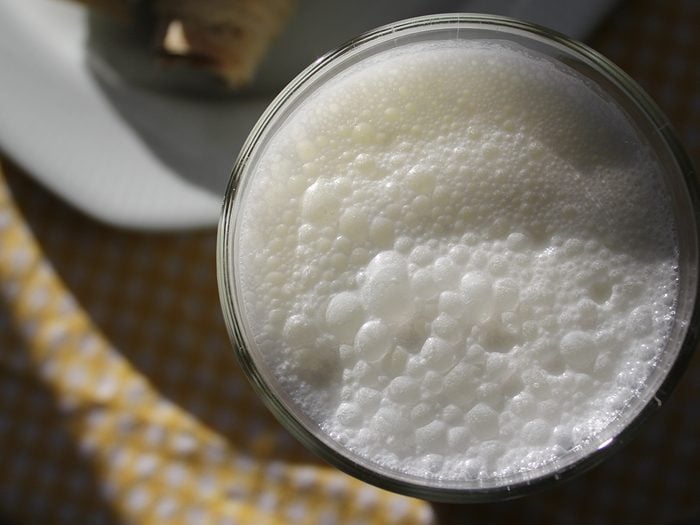
Buttermilk for age spots
Skip the expensive creams—there are plenty of home remedies that do the job just as well! Buttermilk, a rich by-product of butter, contains lactic acid and ascorbic acid. One study showed that this combination lightened age spots more effectively than lactic acid alone. Apply to the spots with a cotton ball, then rinse with water after 20 minutes.
Find out the best foods to eat for healthy, glowing skin.
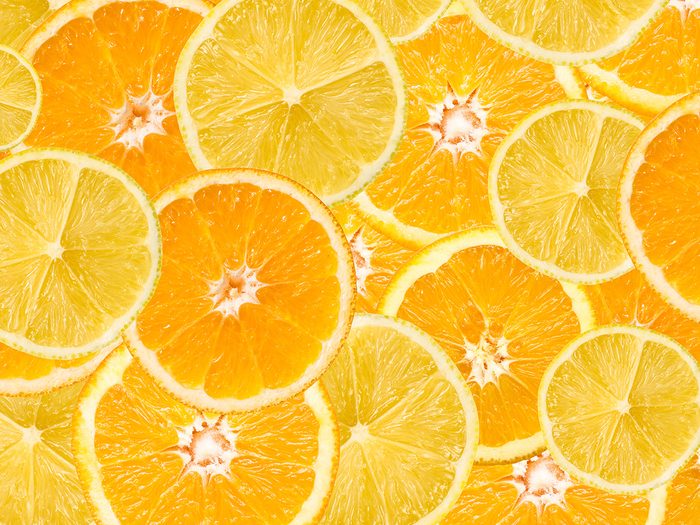
Vitamin C for allergies
Although Vitamin C is one of the most popular home remedies for the common cold, it turns out to be an effective natural antihistamine as well. In one study, 74 percent of the subjects who received a vitamin C nasal spray reported that their noses were less stuffy, compared with 24 percent of the patients who took a placebo. The study’s authors recommend getting two grams per day from food and/or supplements.
Brush up on the essential vitamins your body needs to stay healthy.
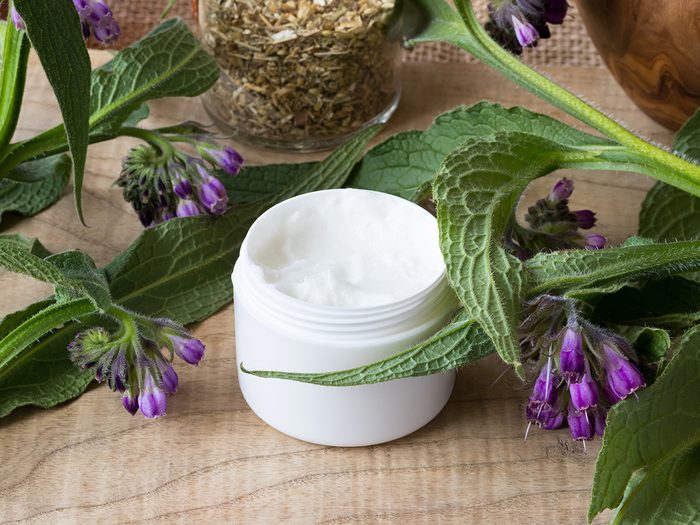
Comfrey for back pain
This medicinal plant has been used for centuries to treat joint and muscle pain. A study of 215 patients found that applying concentrated comfrey cream to the lower and upper back reduced muscle pain. You can buy it in health food stores and online.
Find out how weather affects joint pain.
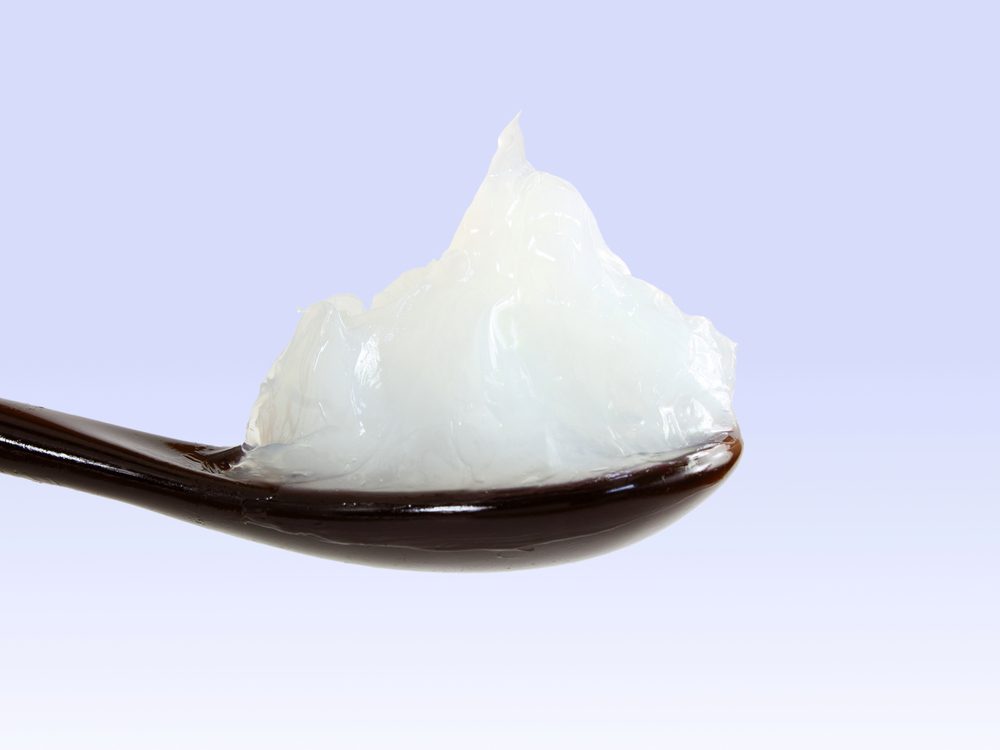
Petroleum jelly for blisters
The rawness from blisters can be painful enough, but chafing can irritate them further. Clean a blister with soap and water, and then reduce friction by applying petroleum jelly to the inflamed area and keeping it covered with a bandage.
Do you have these essential first aid kit contents?
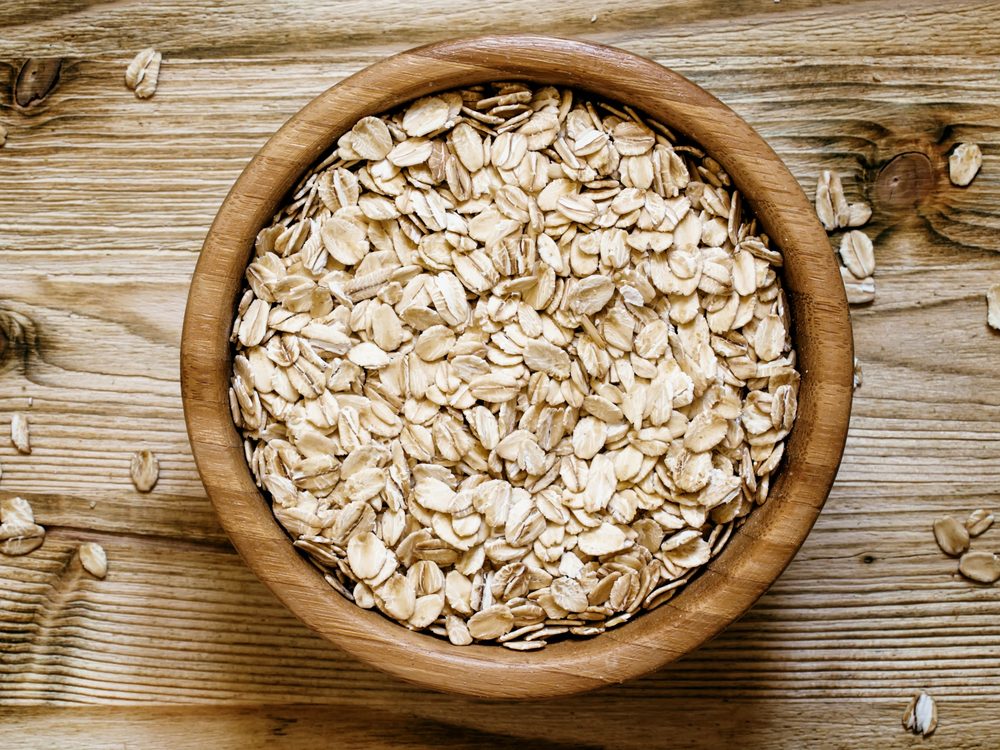
Oatmeal for bug bites
“Oatmeal has a long history—and equally solid biological basis—for its anti-itch effects,” says Dr. Adam Friedman, an associate professor of dermatology at George Washington School of Medicine and Health Sciences in Washington, D.C. You can find creams containing colloidal oatmeal in any drugstore, or you can make a paste by mixing equal parts oatmeal and water; apply it to the bite for 10 minutes, then rinse.
Discover the surprising health benefits of oatmeal.
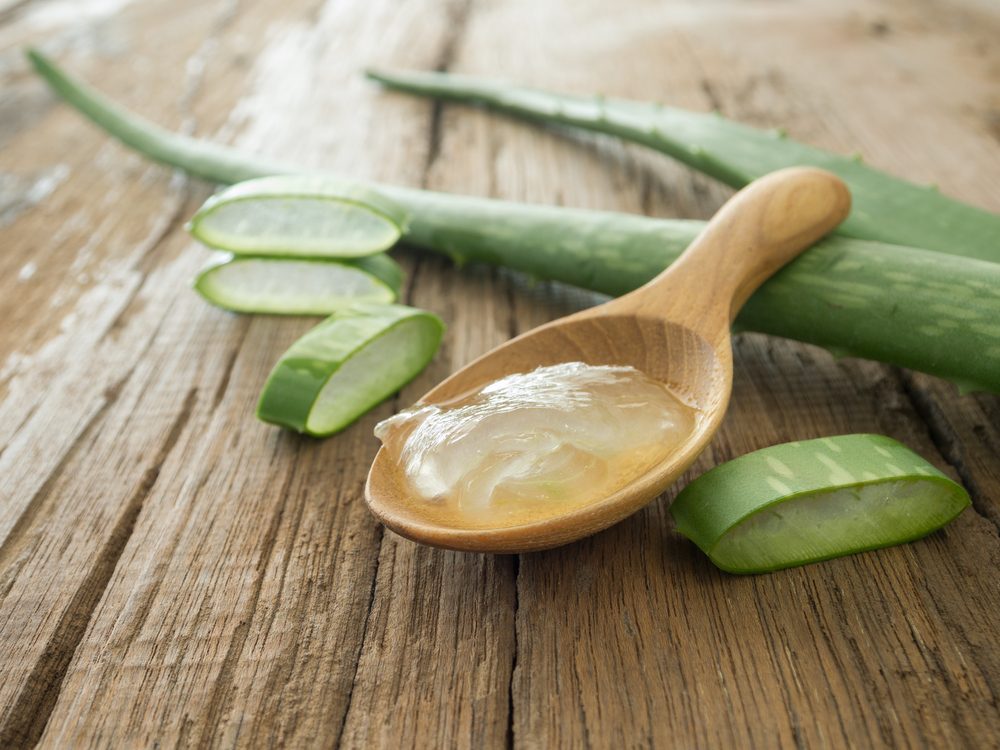
Aloe for burns
“Aloe is a very soothing remedy for burns,” says Dr. Purvisha Patel, a dermatologist and the creator of a line of skin care products. One study demonstrated it was more effective than other treatments for second-degree burns. Make sure you use pure aloe, not a scented version. If you own an aloe plant, simply cut open a leaf and apply the liquid directly to the affected area. For serious burns, you should still see a doctor.
To cultivate more home remedies in your own backyard, add these powerful medicinal plants to your garden.
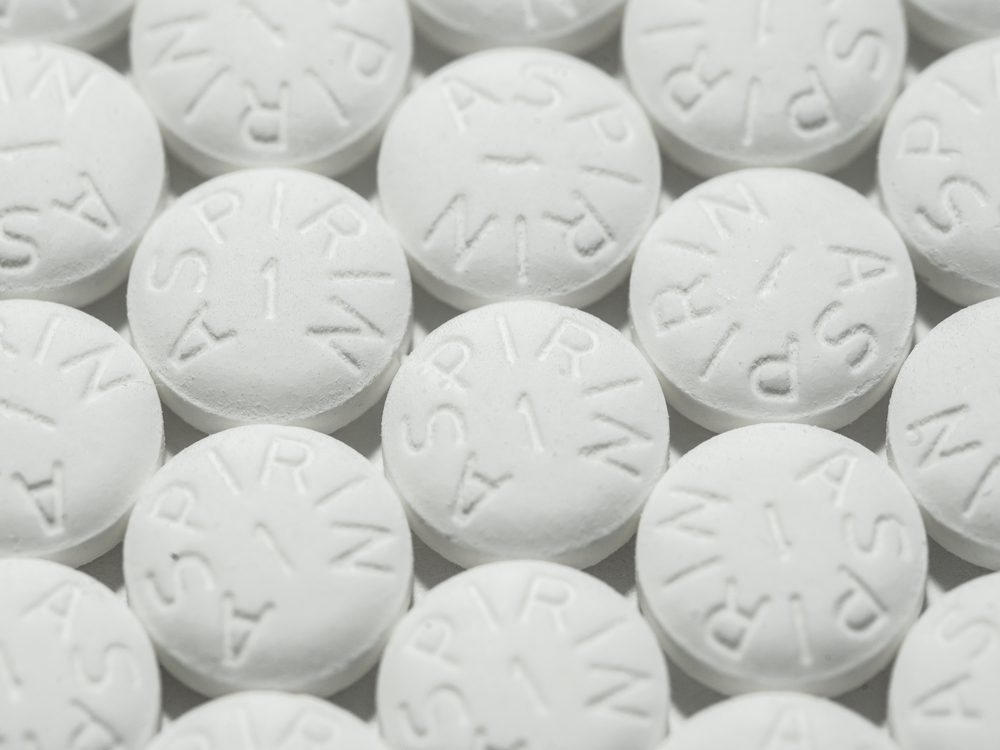
Aspirin for calluses and corns
To create your own corn-softening compound, crush five or six uncoated aspirin tablets into a fine powder. Mix the powder thoroughly with one half teaspoon of lemon juice and one half teaspoon of water. Dab the paste onto the thickened skin, lay a piece of plastic wrap on top, and cover the plastic with a heated towel. Remove everything after 10 minutes and gently scrub away the loosened skin with a pumice stone. Of course, you shouldn’t try this if you are allergic to aspirin.
Here’s expert advice on how to avoid sore feet altogether.
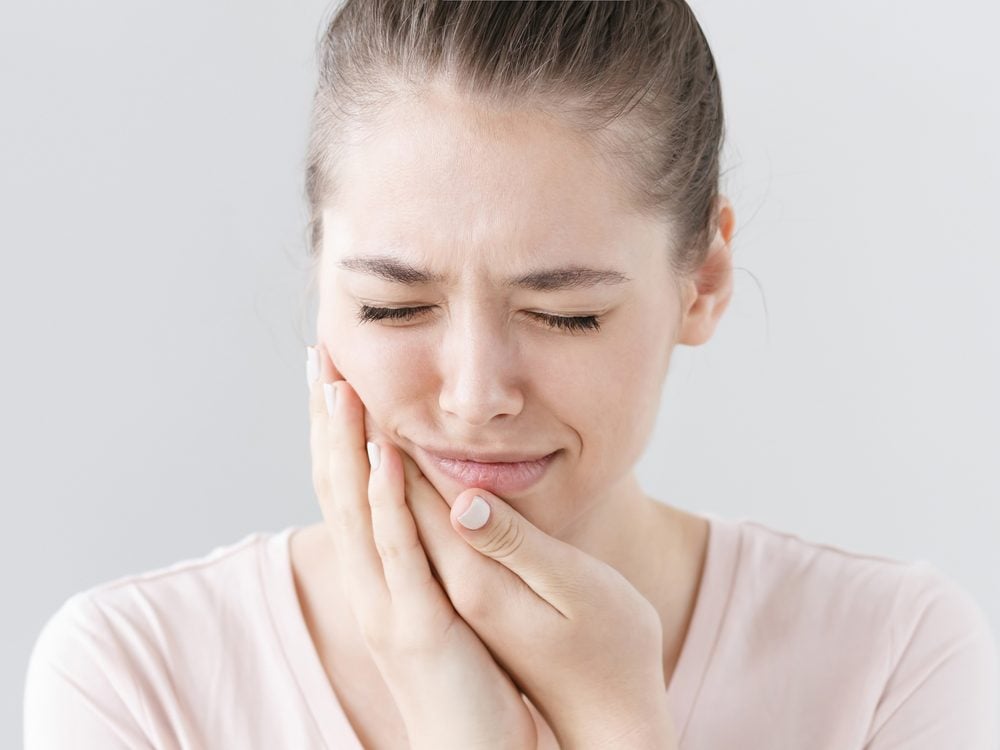
Milk of magnesia for canker sores
Canker sores are ulcers of the mouth that can be caused by viral infections or injuries. To ease the pain, rinse your mouth with milk of magnesia or apply it to canker sores three or four times a day.
Learn to spot the telltale signs of oral cancer.
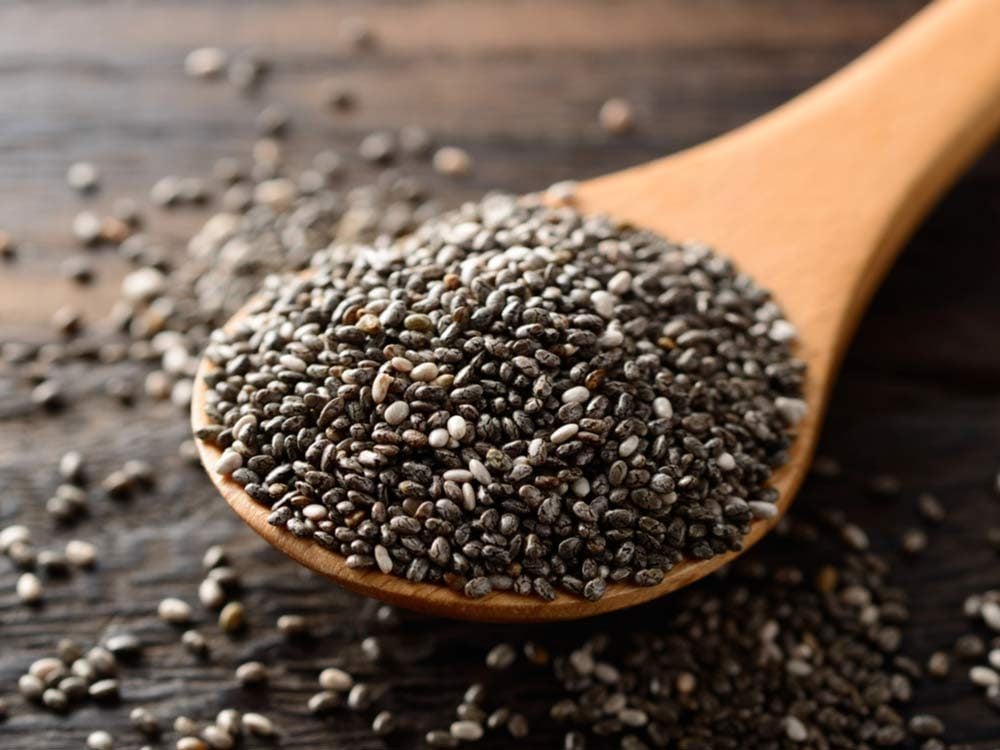
Ground flaxseed for constipation
“It’s almost as if nature tailor-made ground flaxseed to relieve constipation,” says Dr. Will Bulsiewicz, a gastroenterologist. “It is a great source of both insoluble and soluble fibre, which add bulk to the stool and promote the growth of good bacteria.” Ground flaxseed is an excellent source of plant-based omega-3 fatty acids, which are known to help soften stool and relieve constipation. Aim for two to three tablespoons a day as part of a fibre-rich diet.
Here are more foods that make you poop.
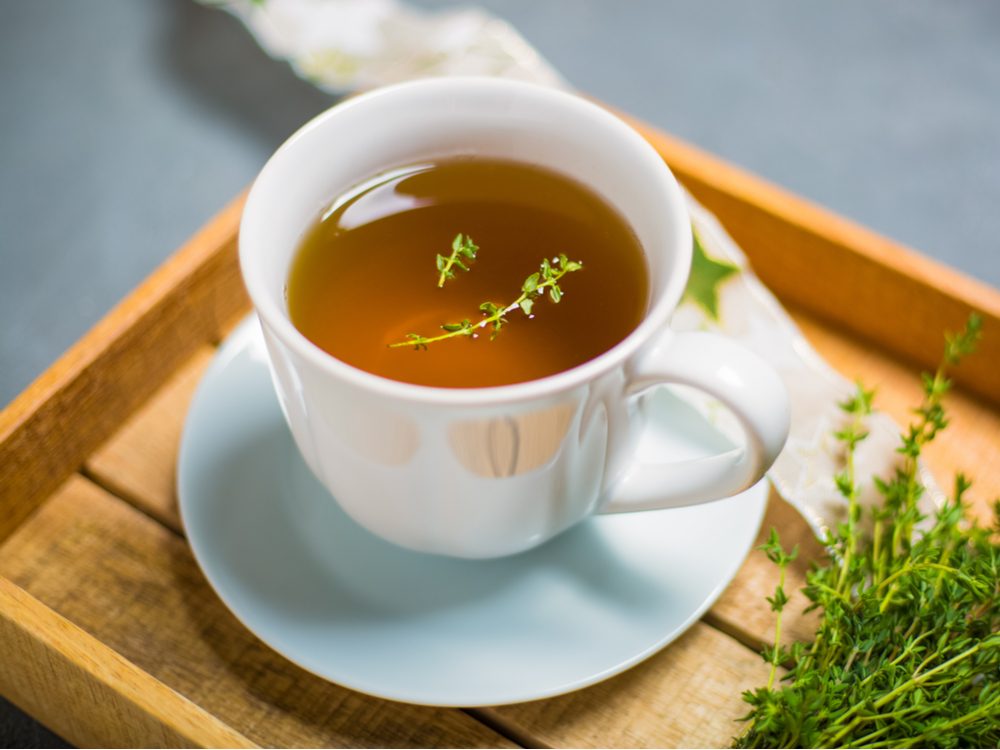
Thyme tea for coughs
Thyme is a natural expectorant that relaxes the respiratory tract and loosens mucus. Studies have found that using thyme in combination with primrose or ivy relieves the frequency and duration of coughs. To make thyme tea, place two tablespoons of fresh thyme (or one tablespoon dried) in a cup of hot water. Allow it to steep, then drain out the herb. Add honey to taste.
Consider adding these healing herbs and spices to your next meal.
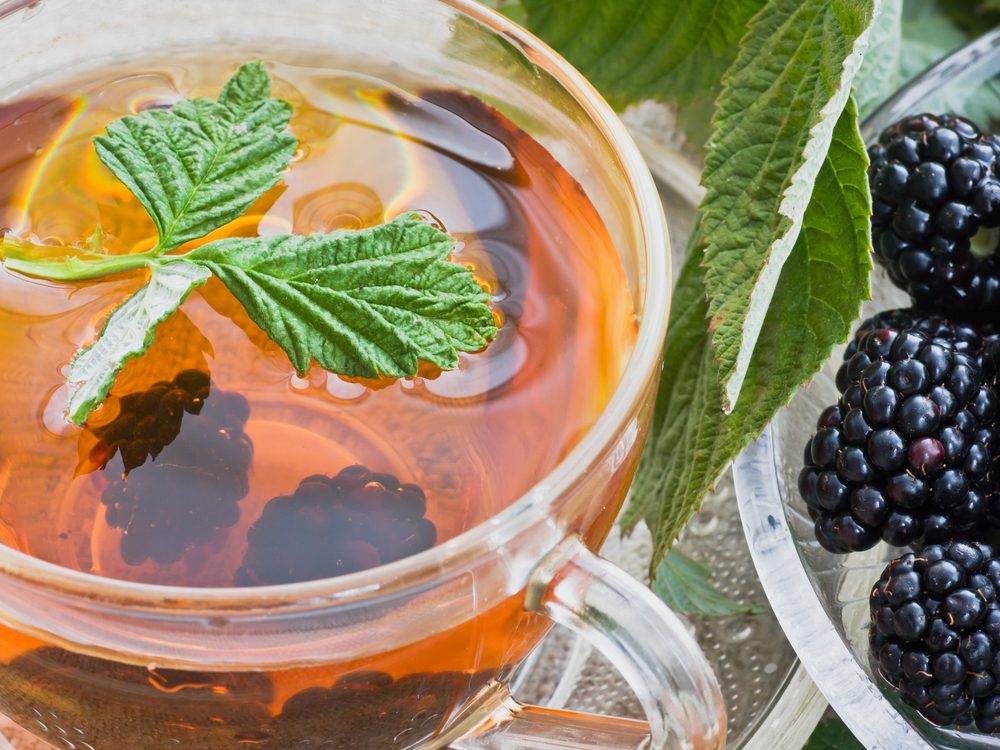
Blackberry tea for diarrhea
Blackberries are rich in tannins, substances that can tighten mucous membranes in the intestinal tract. They have long been used as a treatment for diarrhea. Make blackberry tea by boiling one or two tablespoons of fresh or frozen blackberries or dried blackberry leaves in one and a half cups of water for 10 minutes, then strain. Drink several cups a day. You can also buy blackberry tea, but make sure that it contains blackberry leaves and not just flavouring.
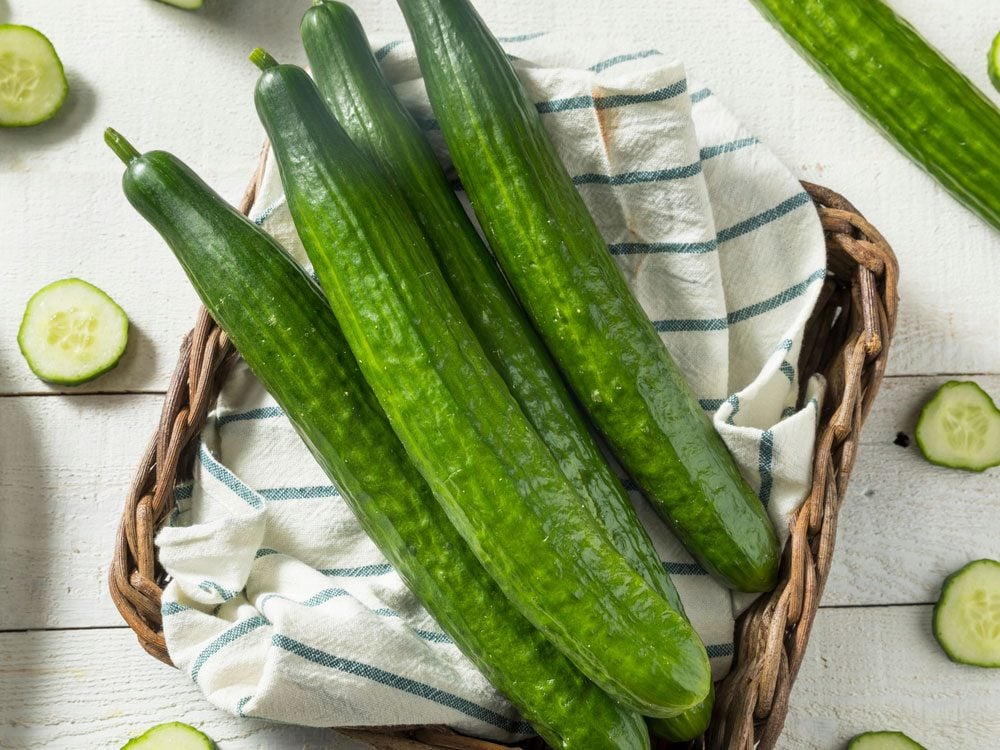
Cucumber for eyestrains
Lie on your back and place one cucumber slice (about one-eighth inch thick) over each closed eye. Cucumbers contain antioxidants that studies have shown help decrease swelling and relieve pain. Replace the slices with a cooler pair every two or three minutes, for up to 15 minutes total.
Find out how to maintain healthy eyes at every age.
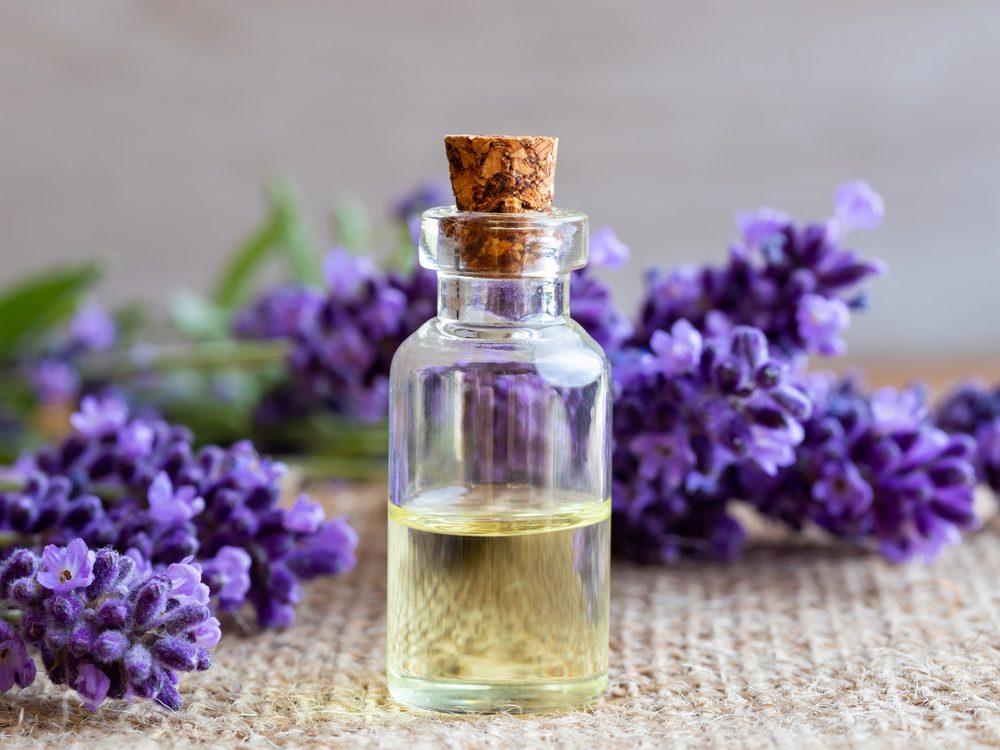
Lavender oil for foot odour
Lavender essential oil not only smells good but also has antibacterial properties that help kill germs. Before bed, rub a few drops of oil onto your feet and massage it in. Pull on a pair of socks to protect your sheets.
These quick fixes for smelly shoes could also come in handy.
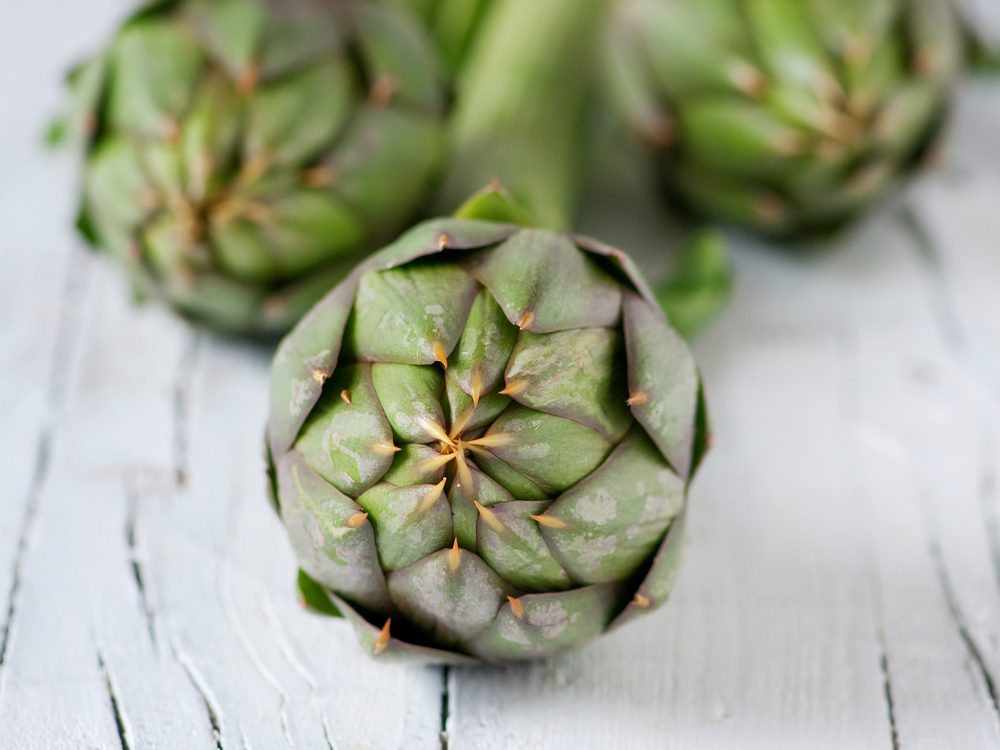
Globe artichoke extract for GERD and heartburn
Compounds in artichoke leaves called caffeoylquinic acids stimulate the release of bile from the gallbladder, which helps relieve bloating, gas, nausea, and other symptoms of gastroesophageal reflux disease (GERD) and heartburn. Since the leaves are mostly inedible, look for artichoke extract capsules in health food stores or online.
Here are more home remedies for indigestion worth trying.
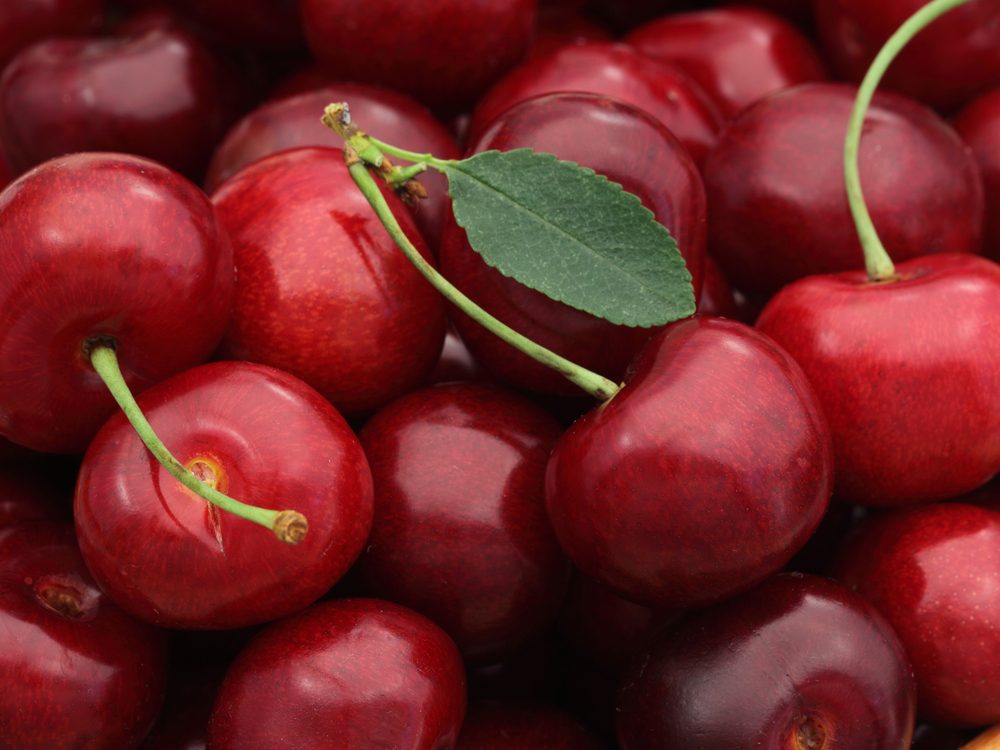
Cherries for gout
People who ate about 20 cherries every day were less likely to experience flare-ups of gout, according to a study of 633 patients with the condition. Cherries contain compounds that help neutralize uric acid.
Find out if cherry juice really helps relieve arthritis pain.
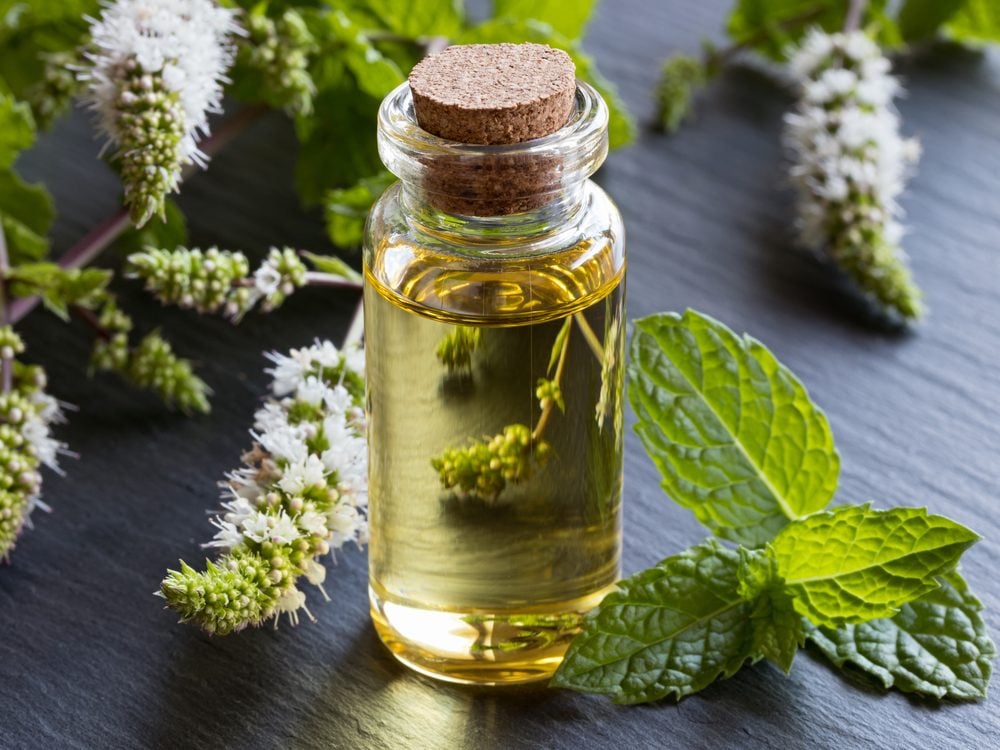
Peppermint oil for headaches
Peppermint essential oil cools the skin, numbing the pain of a tension headache as well as acetaminophen does, according to two small studies. Mix a few drops with olive oil to prevent skin irritation, then gently massage onto your forehead and temples.
Don’t miss these pain management tips from Canadian physiotherapists.
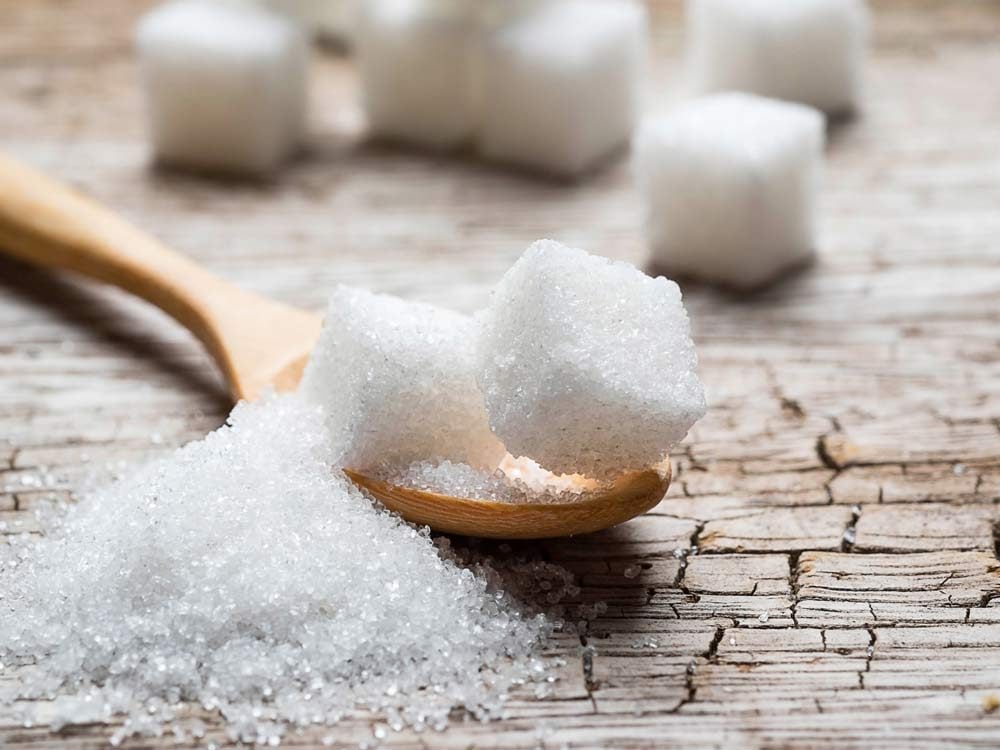
Sugar for hiccups
A spoonful of sugar doesn’t just help the medicine go down—when it comes to hiccups (contractions of the diaphragm), it is the medicine. “Eating the grainy sugar crystals forces you to swallow harder than normal, and this resets your diaphragm” to stop the spasms, says Claire Martin, a California-based nutritionist.
Explore more proven tricks to get rid of hiccups.
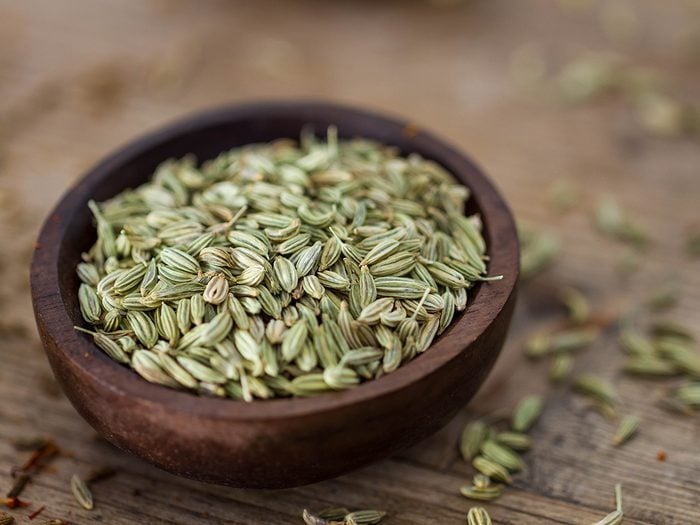
Fennel for indigestion
Those tiny seeds that you often see in bowls at Indian restaurants are fennel. They contain carminative agents, which help expel gas from the intestinal tract. Chew a pinch of fennel to help prevent after-dinner belching.
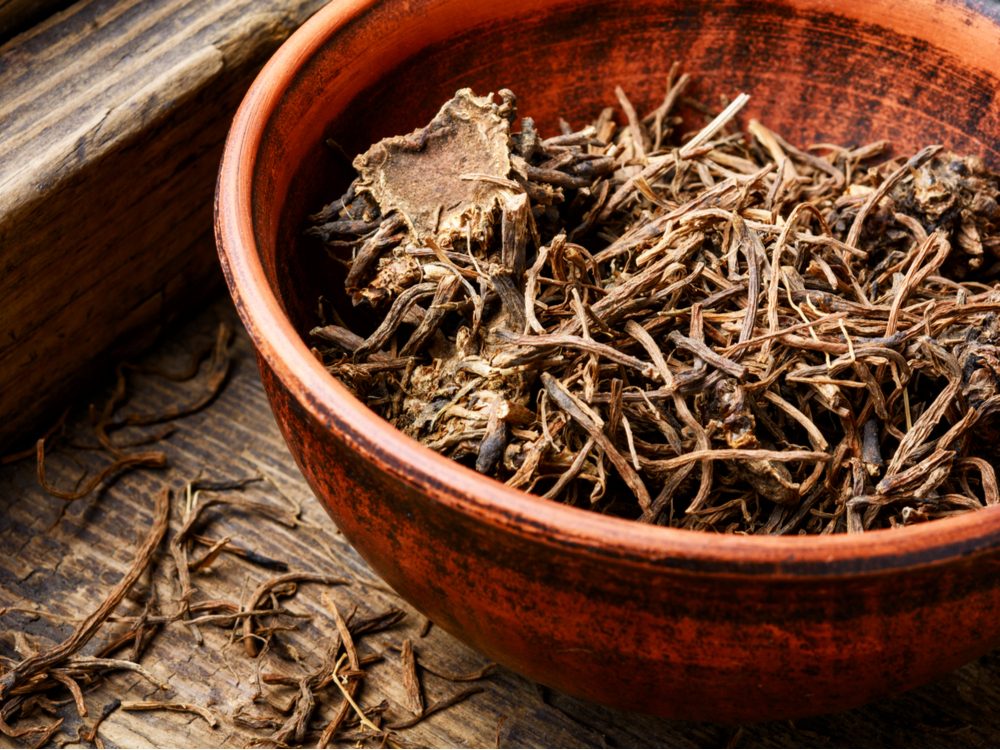
Valerian for insomnia
Valerian, an herb, helps people fall asleep faster without the “hangover” effect of some sleeping pills. It binds to the same receptors in the brain that tranquilizers such as Valium do. Take one half to one teaspoon of valerian tincture or two valerian root capsules 30 minutes before bed.
Discover more secrets for a good night’s sleep.
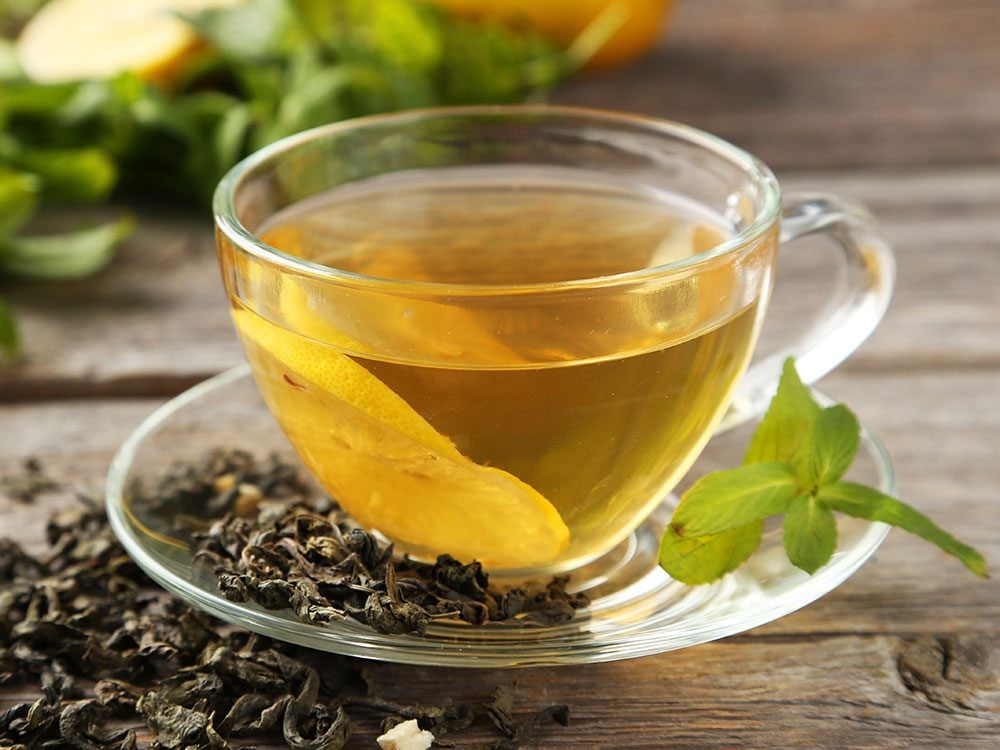
Green tea for joint pain
A potent antioxidant found in green tea called epigallocatechin-3-gallate (EGCG) may put the brakes on the joint pain and inflammation of rheumatoid arthritis, according to a study in Arthritis and Rheumatology. Researchers suggest drinking two or three cups a day to reap the benefits.
Find out if shark cartilage really helps with arthritis.
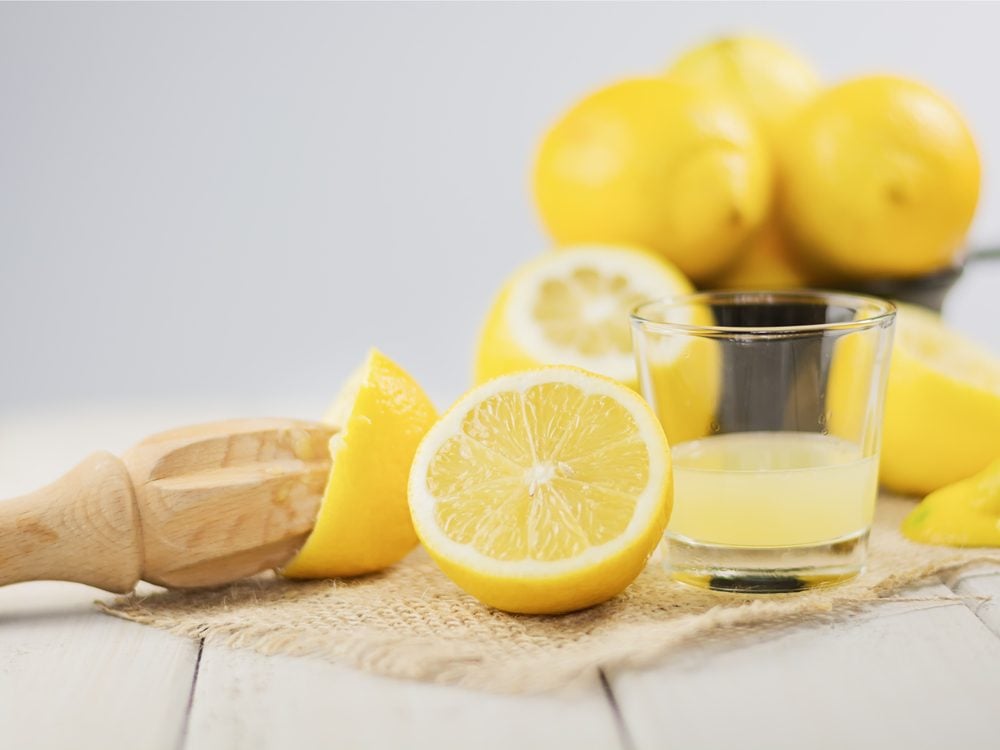
Lemon juice for kidney stones
The most common type of kidney stone occurs when oxalate—a compound found in foods such as spinach, bran, and french fries—builds up in urine and “sticks” to calcium, forming crystals. Drinking at least four ounces of lemon juice per day could help, researchers say, as citric acid can prevent the crystallization of calcium and oxalate that creates these stones.
Here’s why you should eat a rainbow of fruits and veggies every day.
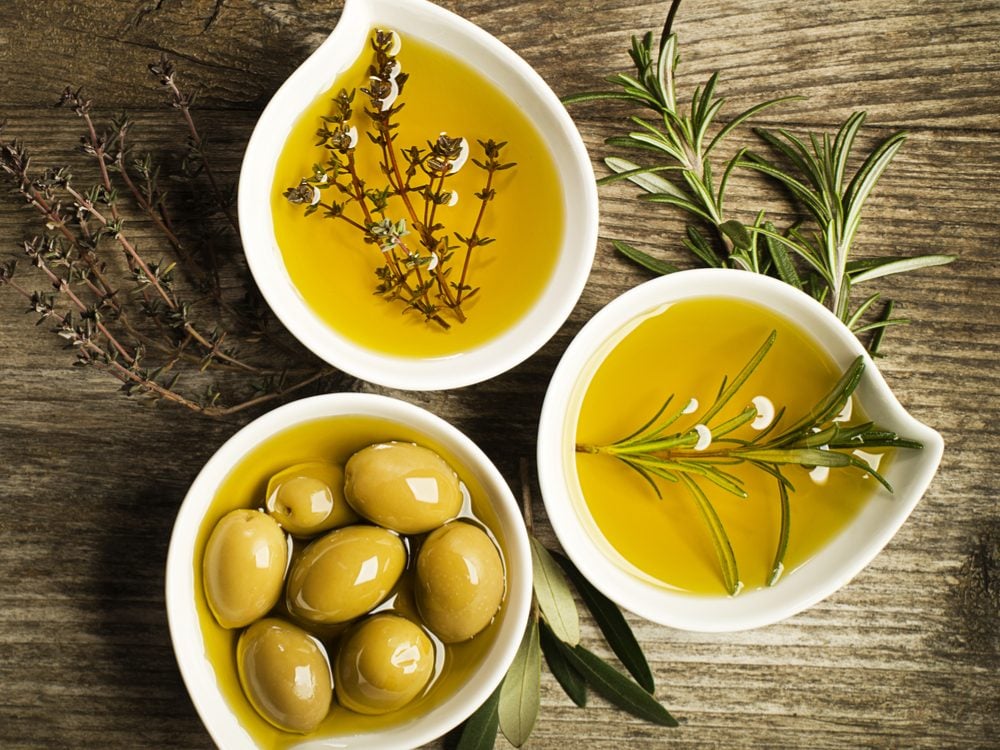
Olive oil for chapped lips
When you’ve got chapped lips, coat them with olive oil, a natural lubricant that will help soften and moisturize lips nicely. (In fact, any vegetable oil will do.)
Always follow these sunscreen tips to protect your skin.

Hypnotism for menopausal symptoms
A study published in Menopause found that women who had five sessions of hypnosis per week experienced 74 percent fewer hot flashes at the end of a 12-week study than did a control group. Even better, the women in the hypnosis group reported that the hot flashes they did have were less severe than before.
Here are the foods everyone over 50 should be eating.
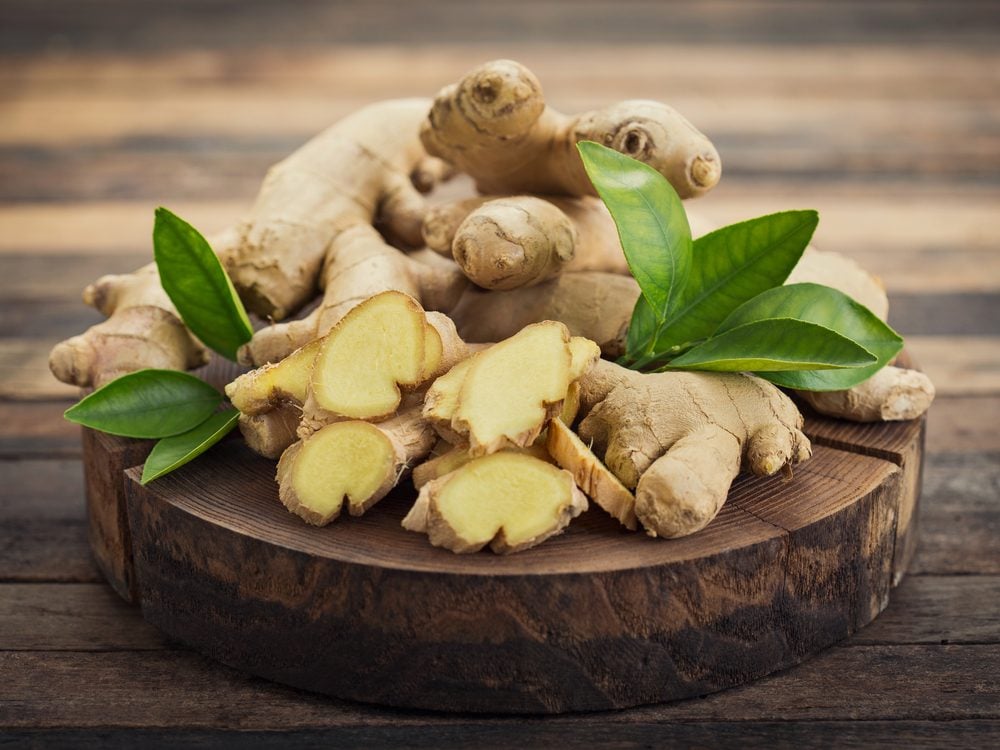
Ginger for nausea
Ginger can help alleviate nausea caused by chemotherapy, morning sickness, or motion sickness. “Although we do not yet understand the exact method that allows ginger to be effective at reducing nausea, it is thought it may work by obstructing the serotonin receptors in the gut that cause it,” says dietitian Erin Palinski-Wade. It also may prompt the body to release enzymes that help break down food. Sip some ginger ale or tea, or chew some candied gingerroot.
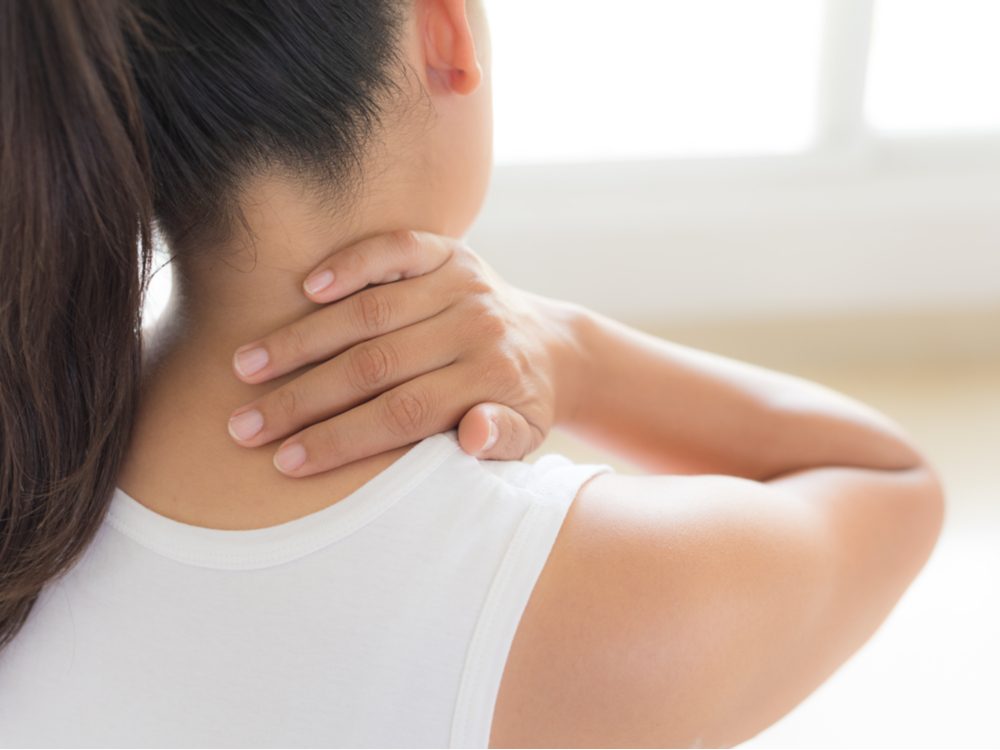
Pressure for neck pain
With your thumb or your fingertips, apply steady pressure on the painful spot on your neck for three minutes. Research shows that this simple acupressure technique helps loosen tight muscles to lessen pain.
Explore more strategies to relieve a stiff, sore neck.
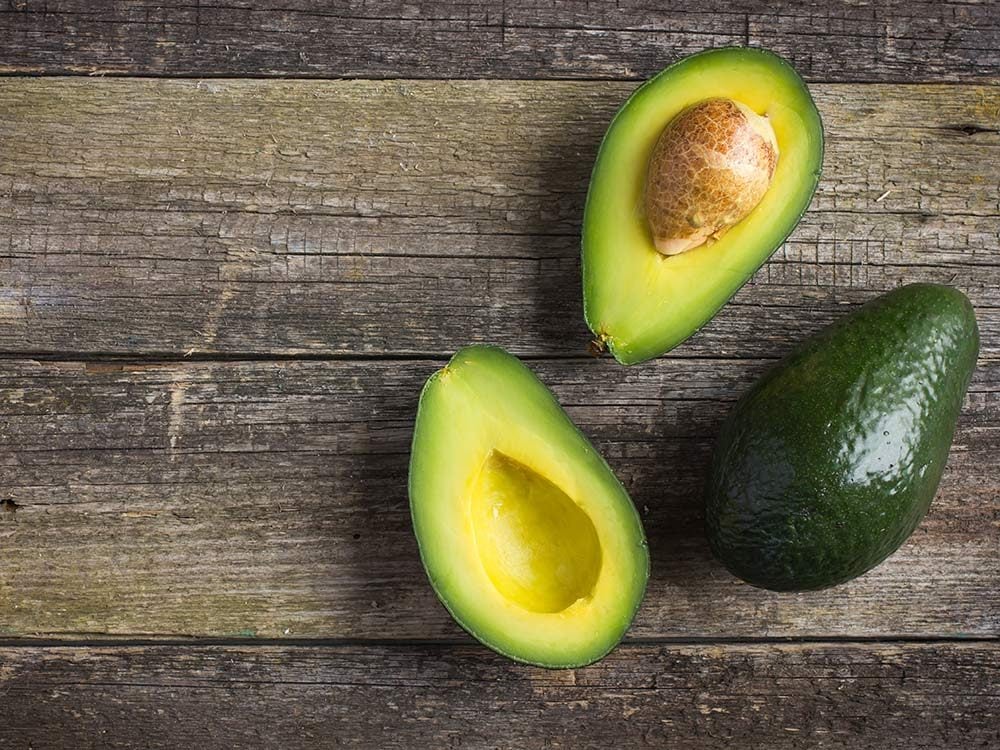
Avocado for razor burn
Who knew the benefits of avocado extended to home remedies? Avocado is rich with vitamins and oils that soften and hydrate skin to relieve the tenderness of razor burn. Apply mashed fruit or avocado oil directly to the irritated skin.
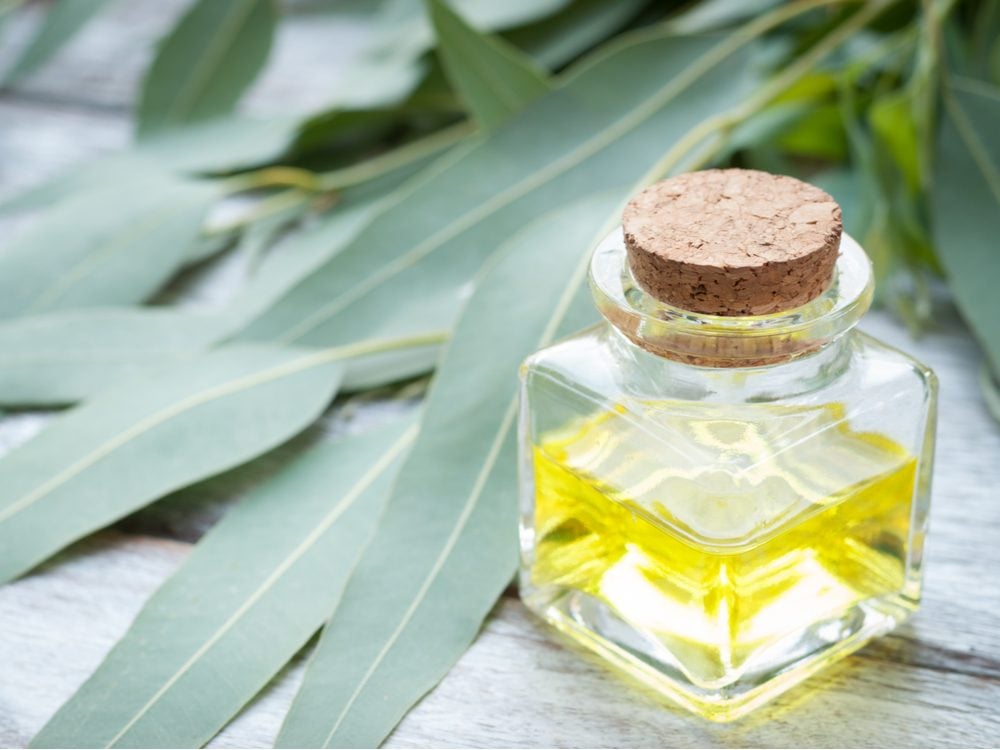
Eucalyptus oil for sinusitis
Give your congested sinuses a steam treatment. Add a few drops of eucalyptus oil to a pot of water, boil, and remove the pot from the stove. Drape a towel over your head and shoulders, then lean forward so it forms a tent over the pan. Keep your face about 18 inches (50 centimetres) above the water and breathe deeply. The vapour carries droplets of oil into your sinuses and loosens congestion. Studies show that the main ingredient in eucalyptus oil, cineole, can help people recover faster from acute sinusitis.
Follow our healthy home checklist to eliminate potential hazards in every room.
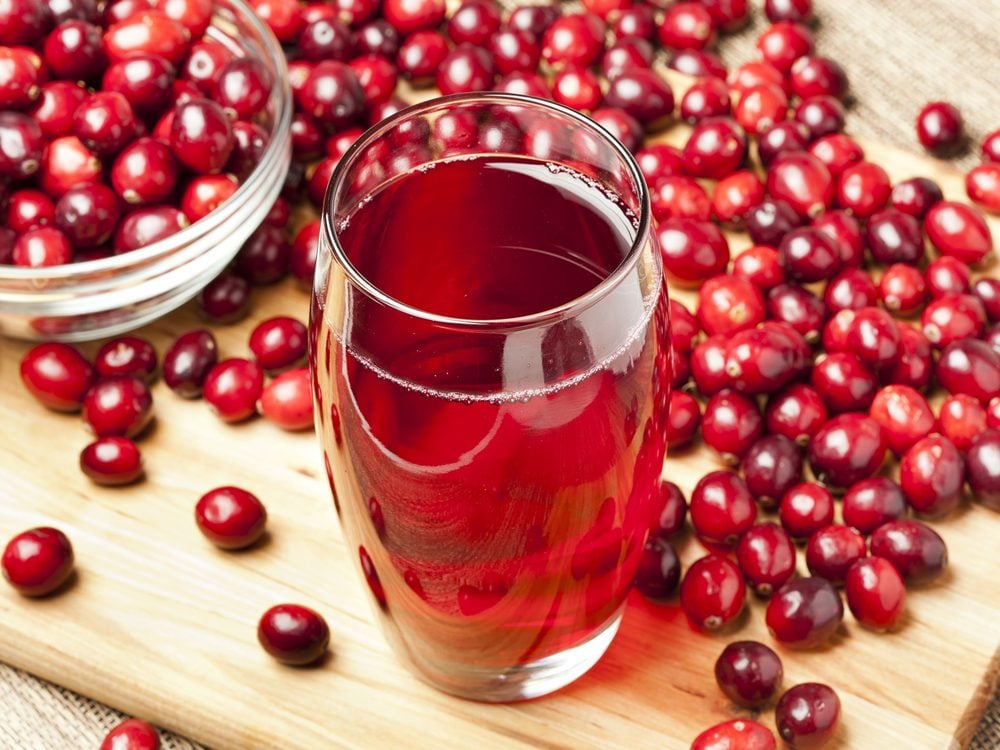
Cranberry juice for urinary tract infections
A study of 373 women with a history of urinary tract infections (UTIs) showed that those who drank a glass of cranberry juice daily had a 40 percent reduction in the number of UTIs compared with those who drank a placebo. While other studies have been mixed about the effect of cranberry juice on UTIs, scientists think a compound in cranberry juice can prevent bacteria from sticking to the walls of the urinary tract.
Here are 13 things your urologist wants you to know.
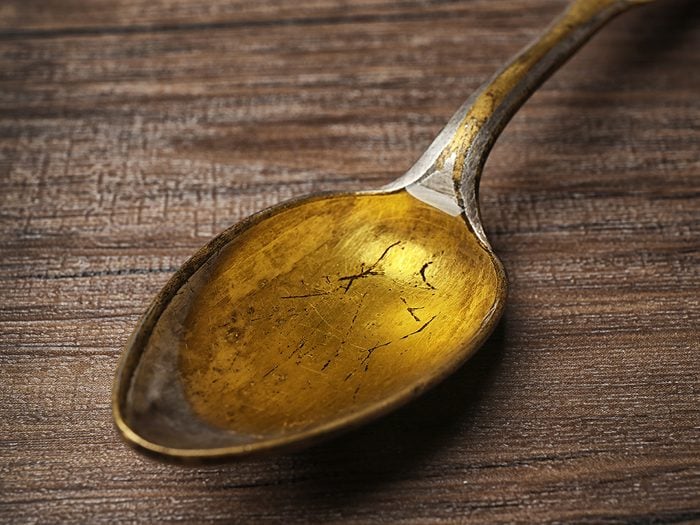
Cod liver oil for vision problems
This oil is a rich source of omega-3 fats, which increase blood flow to the eyes and decrease the risk of developing glaucoma and possibly macular degeneration. Take one teaspoon daily.
Check out more expert advice on how to improve your eyesight.
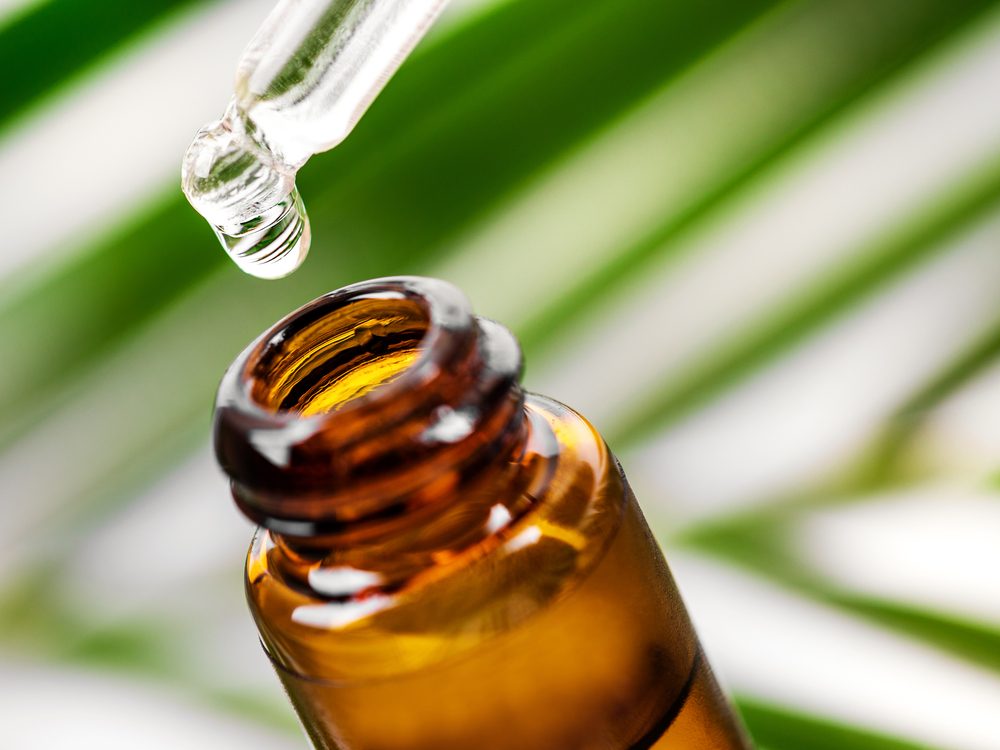
Tea tree oil for zits
In one study, a five percent tea tree oil gel was as effective as a five percent benzoyl peroxide lotion in limiting acne outbreaks—with fewer side effects.
Now that you’ve added these home remedies to your arsenal, check out 20 symptoms you should never ignore.